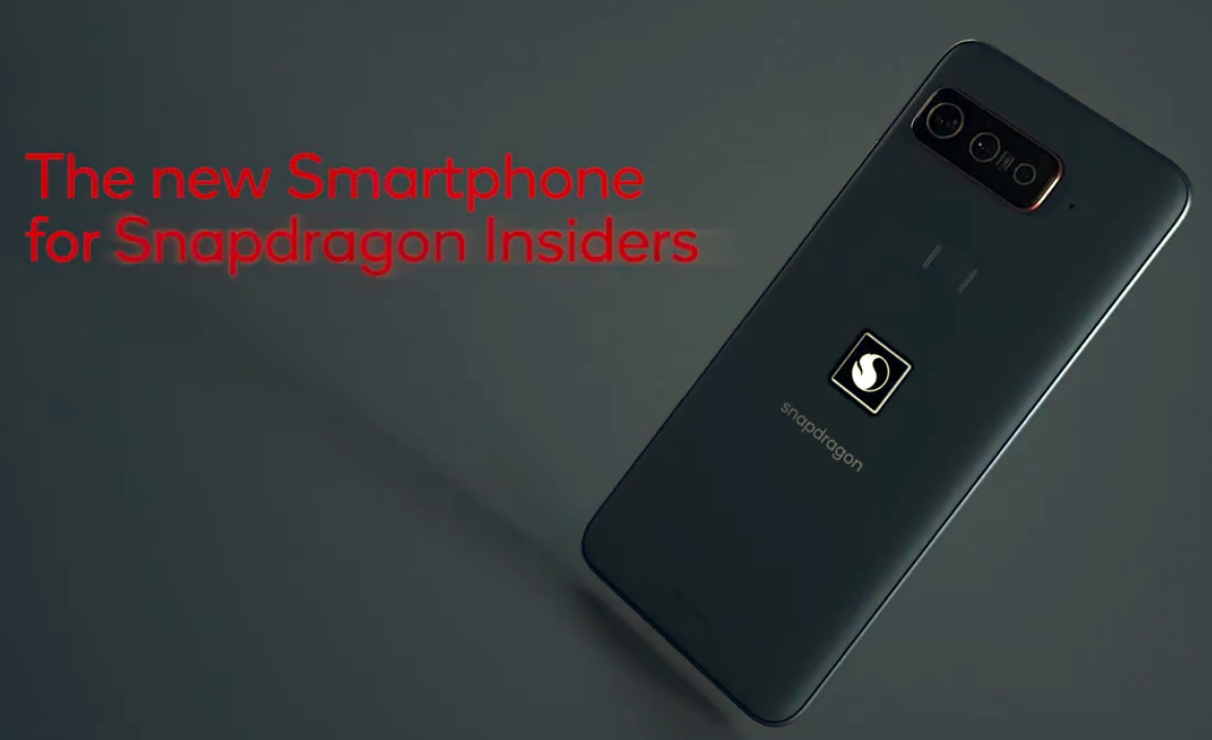
Qualcomm has unveiled its second-generation 7nm 5G modem, the Snapdragon X55. The single-chip solution features 5G to 2G multimode modem with support for 5G NR mmWave and sub-6GHz spectrum bands for download speeds of up to 7Gbps and upload speeds of 3Gbps over 5G.
It also has Cat. 22 LTE support for download speeds of 2.5Gbps. Other highlights of the modem include support for 100Mhz envelope tracking and adaptive antenna tuning for 5G sub-6GHz for improved power efficiency.
With the announcement of the X55 modem, Qualcomm has once again proved its prowess in the mobile baseband department. While most other companies are still working on their first-generation 5G modem, Qualcomm has already gone ahead and unveiled its second-gen solution. What’s impressive is that this is a single-chip solution that supports both 4G and 5G. More importantly, it supports all major 5G frequency bands including mmWave and sub-6GHz.
“Qualcomm Technologies is spearheading the first wave of 5G launches with our first generation 5G mobile platform. With significant evolution in capabilities and performance, our second generation commercial 5G modem is a true testament to the maturity and leadership of our 5G technology. We expect our 5G platform to accelerate 5G commercial momentum and power virtually all 5G launches in 2019 while significantly expanding the global 5G rollout footprint,” said Cristiano Amon, president, Qualcomm Incorporated.
The X55 modem will work in conjunction with Qualcomm’s new 5G mmWave antenna module which is based on 14nm.
Qualcomm says that it has already started sampling the modem to OEMs and we should see the first set of devices launch in late 2019.
While Samsung and Huawei have also unveiled their 5G modem, Qualcomm has managed to one-up them and show why it has always been considered a leader in the mobile baseband department. The X55 modem marks a number of firsts that will help make it easier for OEMs to adopt and quickly launch 5G devices.
[Via Qualcomm]






